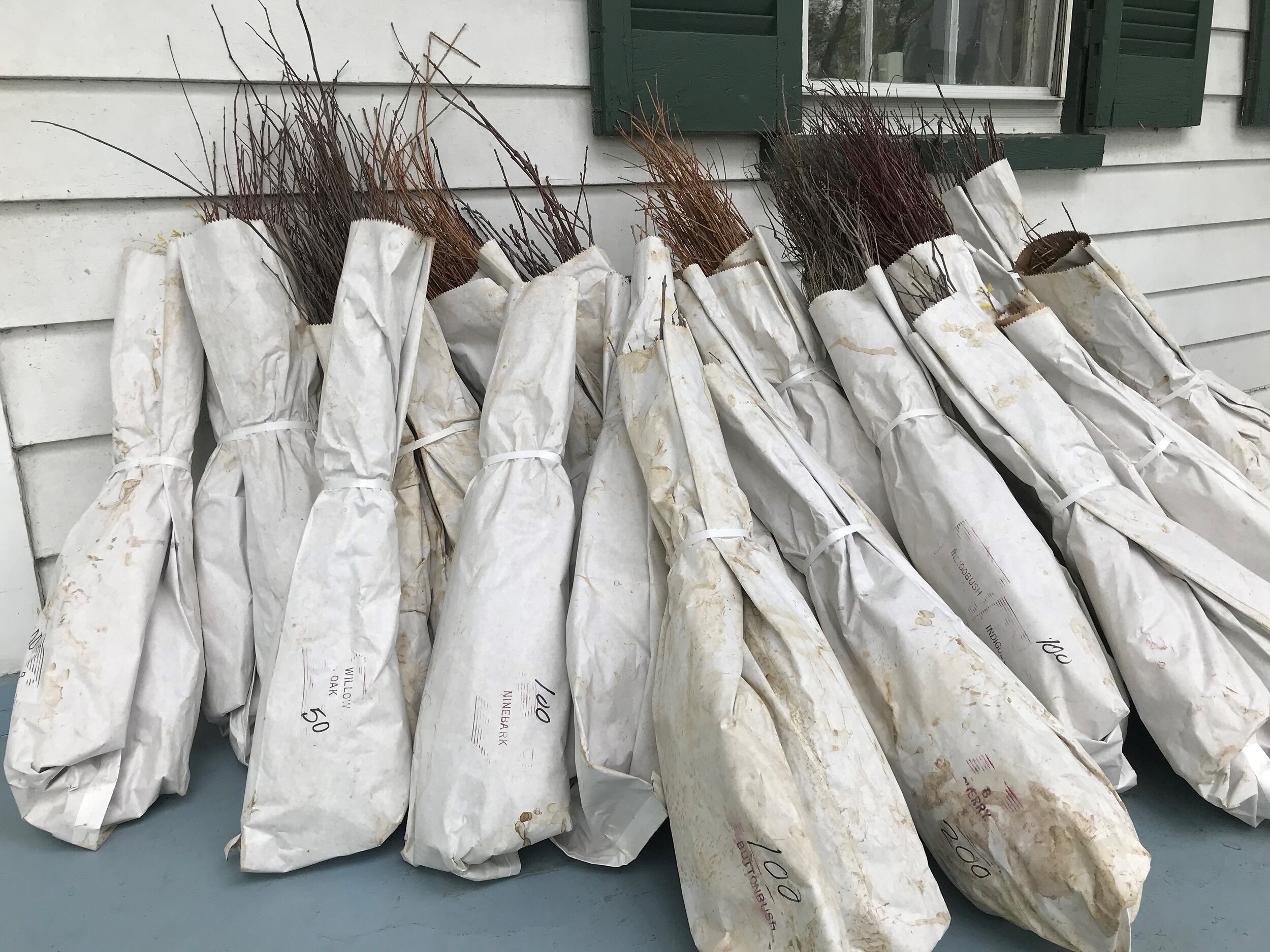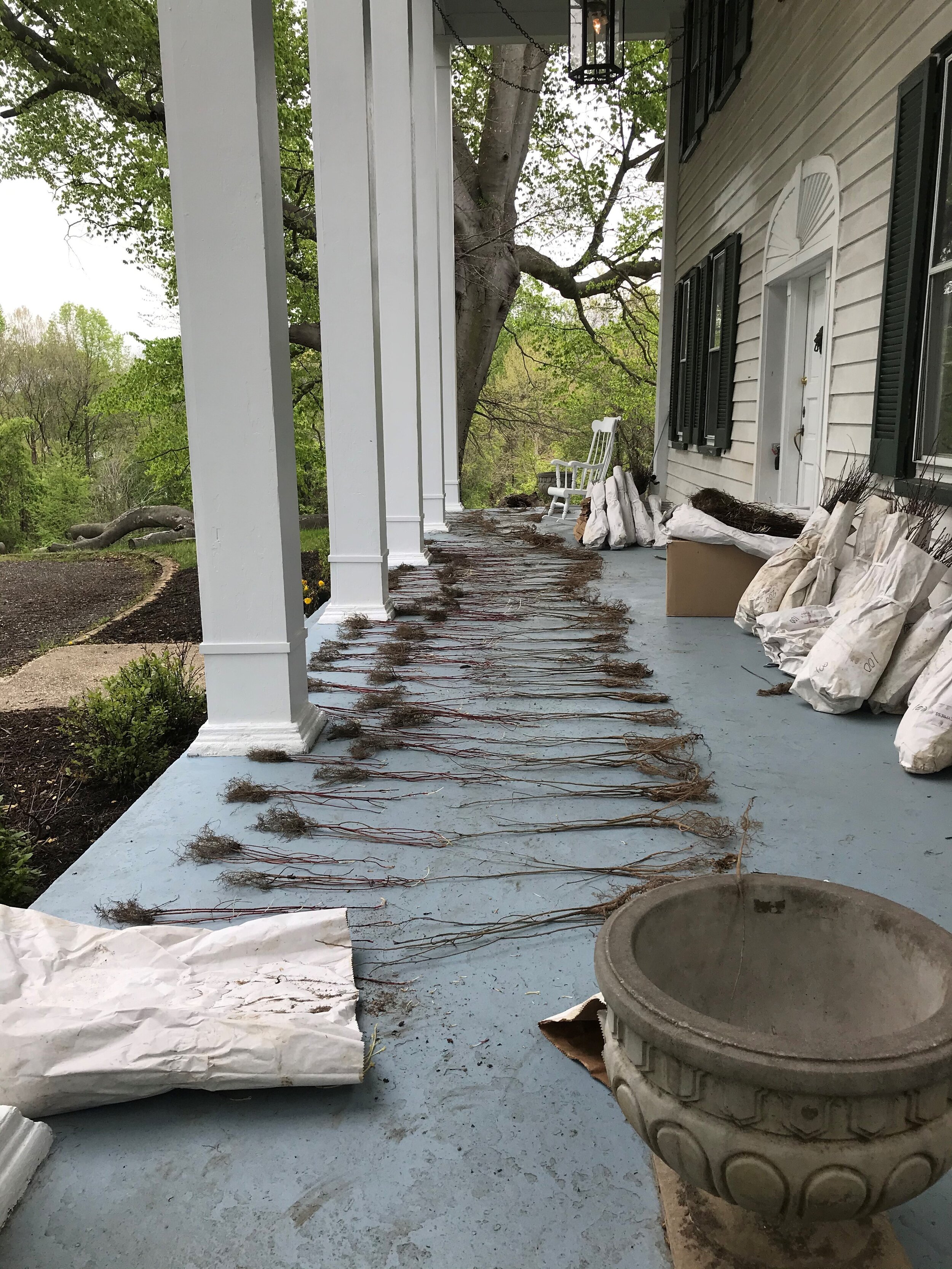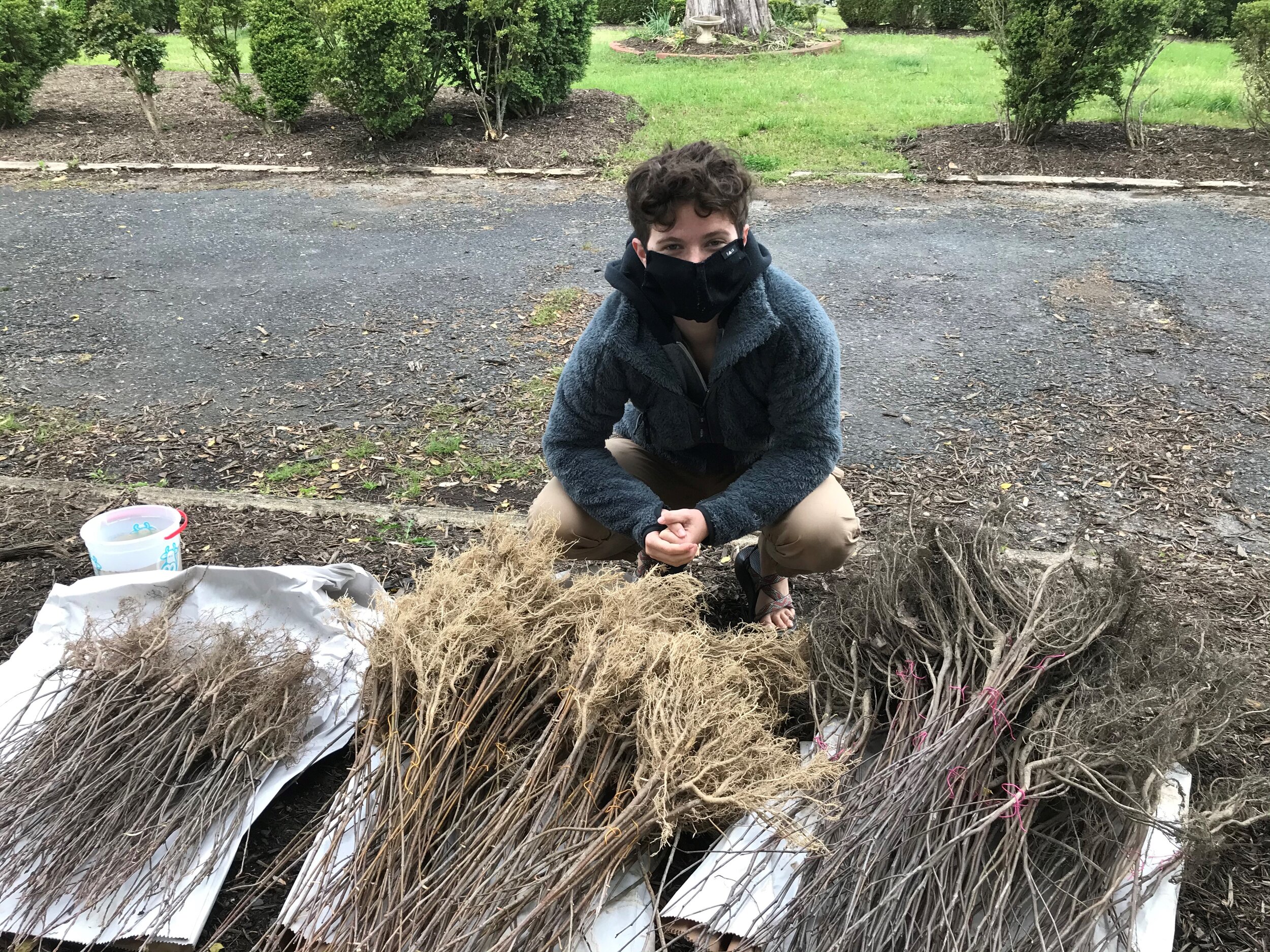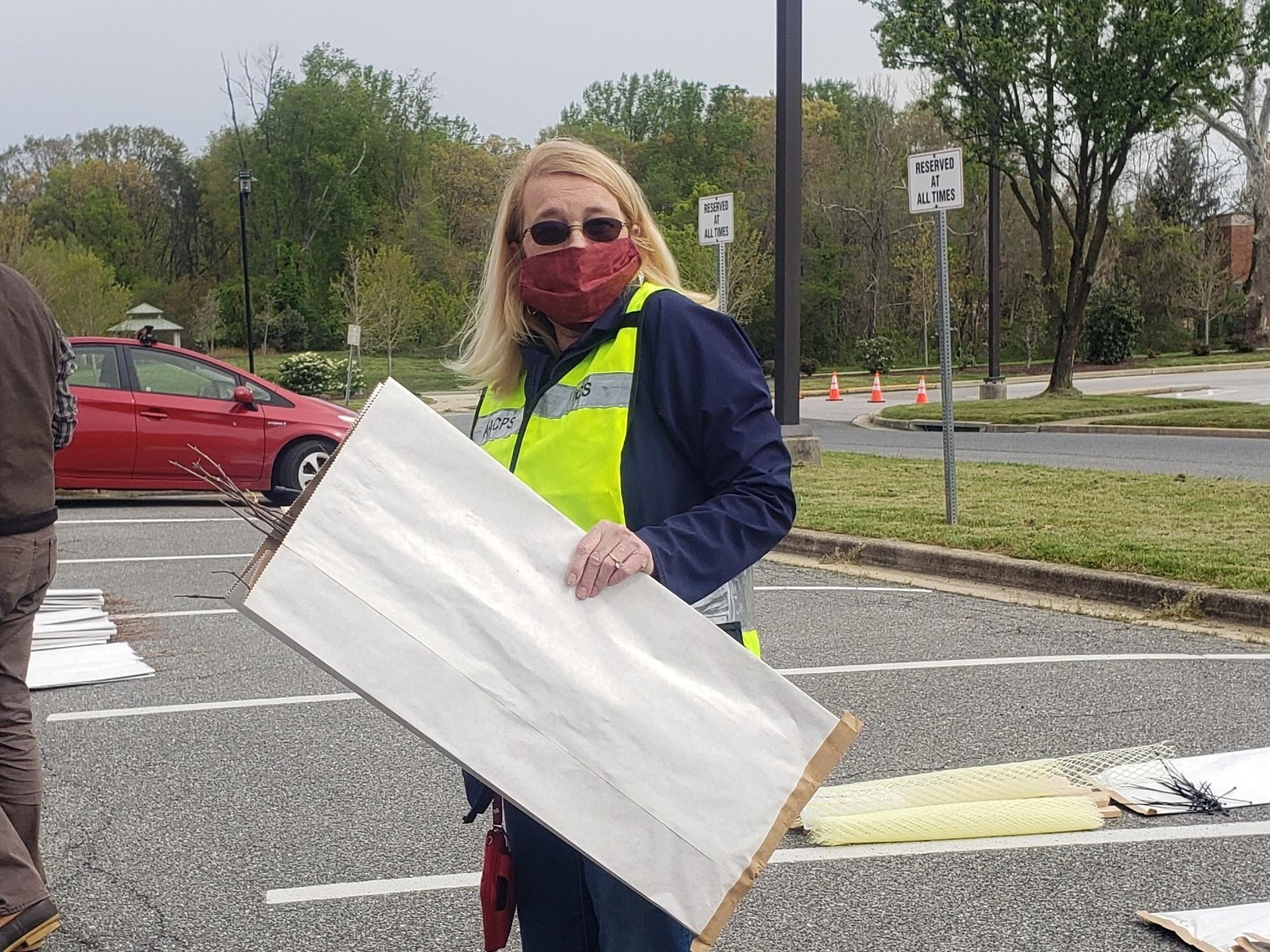May’s Native Maryland Plant
Caltha palustris L.
(KAL-thuh puh-LUSS-triss)
Common Name: Marsh Marigold
Like most Marylanders I have ‘forever wet’ areas in my yard that consist of heavy clay or compacted soil. It can be difficult to grow your standard moisture-loving native plant in these poor drainage areas, and don’t even think about growing grass there - you’ll just have a mucky mess that you can’t mow. After losing my shoe in the ‘muck’ two years ago I decided to tackle the site once and for all. I knew there had to be some plants that could grow in these conditions, but which ones?
I instinctively turned to Maryland’s list of native wetland plants. Caltha palustris stood out to me immediately; it’s an obligate wetland (OBL)¹ plant and its specific epithet, palustris refers to its preferred habitat: "swampy, marshy, or forested wetlands" e.g. my backyard. Its low-growing stature and early bloom period made it especially attractive. I eagerly sought it out and planted it (using plenty of compost) in multiple areas before deciding if it was ‘the one’. After two years I was sold. Caltha palustris is thriving in my yard and attracts a diversity of pollinators in early spring, a time of year when they are searching for the few blooming plants that can sustain them.
Marsh marigold has hollow stems; its flower has numerous stamen and 5 to 9 petal-like sepals but no petals. In late May the follicle² will split and throw seed. As is the case with many wetland plants, the seed is buoyant and can easily float to a nearby location where its high germination rate all but guarantees it will propagate. If you are struggling with similar ‘muck’ in your yard, why not give marsh marigold a try? It may be ‘the one’ for you too!
¹ OBL: Obligate Wetland - Almost always occur in wetlands
² Follicle: the fruit that matures into a seedpod
~ Alison Milligan – Mstr. Gardener/Mstr. Naturalist/Mstr. Watershed Steward
Chesapeake Bay Landscape Professional (CBLP)















